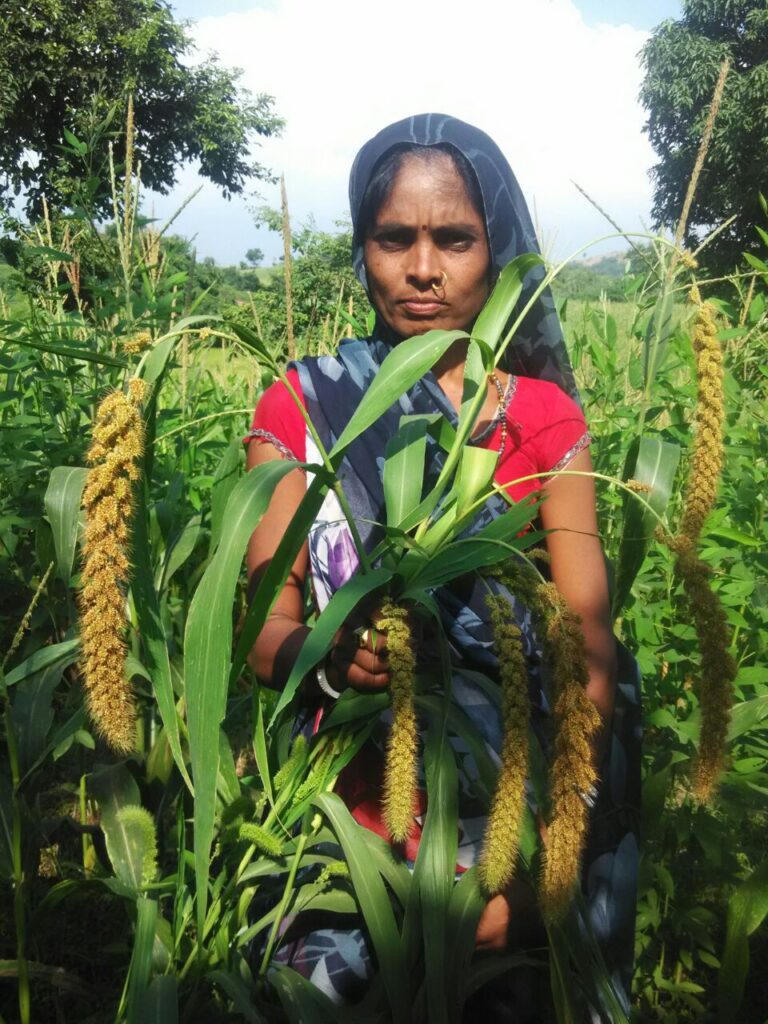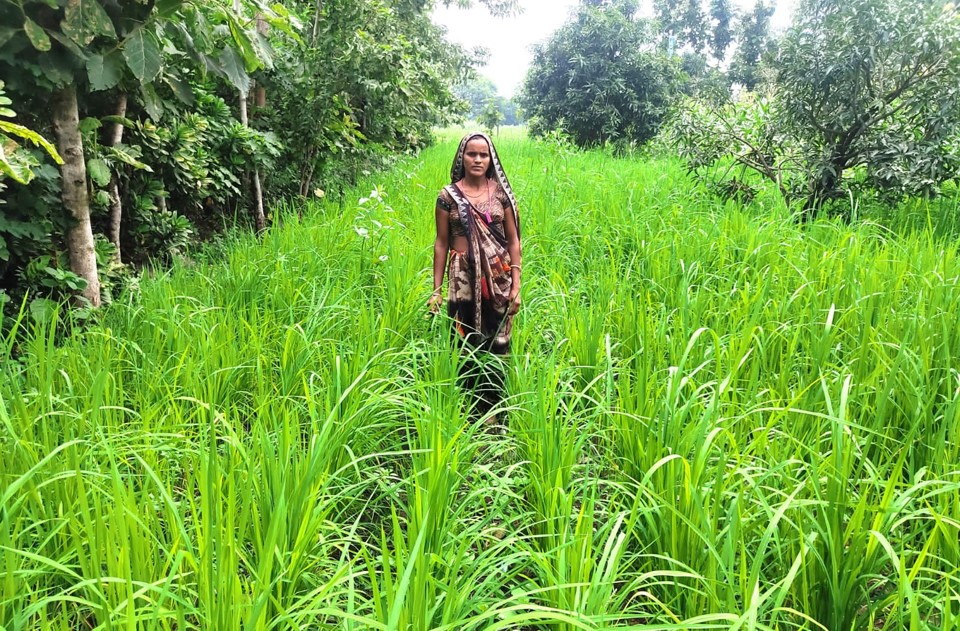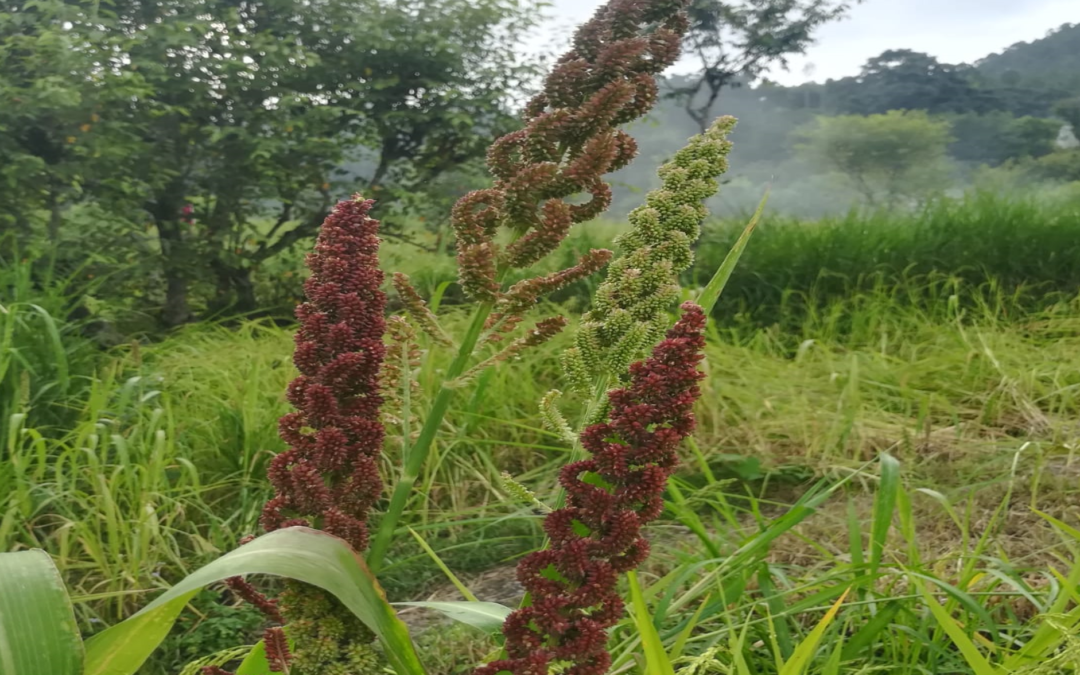Author : Dr. Pramod Rokadia (Agriculture expert associated with Vaagdhara Organization, Rajasthan)
The changes in the village haat scenario in tribal areas of Rajasthan, Madhya Pradesh, and Gujarat over the past three to four decades have led to the disappearance of highly nutritious local fruits and vegetables, as well as traditional crops and their varieties. Fruits and vegetables such as Rayane, Phalse, Timru, Jungle Jalebi, Kikode, Dangra kakri, Tar kakri, Chan Bor, Desi mango, Desi Dates, Parwal, Singe, Kamal kakri, Desi tamarind, and Kandgola, which were once commonly found, are now rare in these local markets. Along with these local crops and varieties- including indigenous varieties of maize like Telani, Dudh Mangar, Gangdi; Kali Kamod and Pathriya varieties of rice and small grain crops like Kutki, Kangni, Kodo, and Sama have that are not only rich in nutrients but also served as the main source of nutrition for the tribal communities are also on verge of extinction. The loss of such rich food and crop diversity has contributed significantly to the increase in malnutrition among the tribes in these regions.
According to the CNNS 2026-18 Report, out of the total tribal population of 104.3 million in the country (as per the 2011 census), 80% reside in eight states of Central India, namely Madhya Pradesh, Rajasthan, Gujarat, Chhattisgarh, Maharashtra, Jharkhand, Odisha, and Karnataka. Among them, 40 % of children below the age of 5 years have been observed with short height, 16 % with extremely short heights, 23 % children were found to be very thin, and 46.8 % pregnant and lactating women were suffering from anemia. The prevalence of extreme stunting among tribal children is 16 %, compared to 9 % among non-tribal children, highlighting the severity of malnutrition among tribal communities.
Previously, the tribal communities were able to meet various nutritional components such as carbohydrates, proteins, vitamins, minerals, etc., through their traditional crops. However, the excessive use of cash crops like cotton, soybean, and hybrid maize, along with chemical fertilizers, insecticides, and weedicides, aimed at increasing per capita income and production, has caused the previously popular crops with high nutritional value to be marginalized. Moreover, the adoption of new seeds and cash crops every year in single and hybrid farming practices has led to the loss of traditional seeds among the tribal communities. The high expenditure on agricultural inputs has also driven families to migrate to nearby states for livelihood, unknowingly pushing them further into malnutrition.
These local and indigenous crops are known to be important sources of essential minerals like calcium, iron, and fiber, and they also possess resistance to diseases like diabetes. The unavailability of these local crops, fruits and vegetables in the market has exacerbated malnutrition and nutritional deficiencies in the tribal communities. Moving forward it is crucial to implement an advanced action plan that promotes local and traditional crops in an integrated or mixed farming system to generate more profit on a large scale while preserving the nutritional diversity and resilience of the tribal communities.




